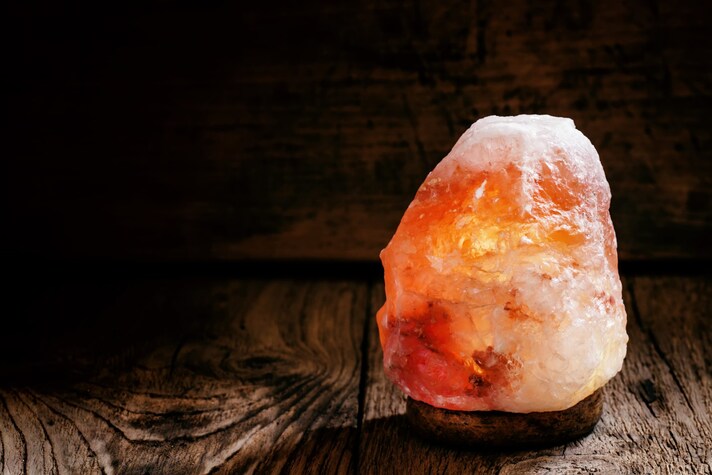How to dehumidify a home in a natural way and without a dehumidifier
Dehumidifying the house and domestic environments is essential to prevent excess moisture from forming mold on our walls: let's see how to do it naturally with simple do-it-yourself remedies.
;)
Dehumidifying the house and domestic environments is essential to prevent excess moisture from forming mold on our walls: let's see how to do it naturally with simple do-it-yourself remedies.
How to dehumidify the home in an ecological way with do-it-yourself solutions
If precautions are not enough, there are simple and effective ways to free our home from moisture by dehumidifying the air naturally. Let's find out the most used ones and the classic grandmother’s remedies.
Coarse salt: Salt is the first effective ecological remedy to dehumidify the environment of our rooms, we can make a do-it-yoourself dehumidifying remedywith a bottle, a plastic container or a simple colander. Once the moisture has been absorbed, the salt must be left to dry before being reused. In large rooms, use at least two salt containers placed at opposite corners of the room.

Plastic bottle: to make this do-it-yoourself dehumidifier you only need salt and a plastic bottle. The amount of salt to be used must be directly proportional to the size of the room in which it will be inserted: every 100 grams of salt dehumidify a room of 16 square meters. Calculate the amount of salt you need and place it inside a plastic bottle, leaving it to rest in the refrigerator for the whole night. In the morning it will be ready to be placed in the room to be dehumidified. When the salt is wet it can be dried in the oven at 50 degrees for at least a quarter of an hour. With this system, the same salt can be reused up to five times.

Plastic tray: you can also make the same dehumidifier yourself with a plastic tray with a lid full of holes, so as to allow moisture to be absorbed by the salt. Or you can put the salt inside a canvas or organza bag that you will place on the lid full of holes of the tray, so that the salt of the bag will absorb the salt making excess moisture fall inside the container.

Colander: a DIY dehumidifier for domestic environments can also be made with a simple colander that must be placed inside a container: put a cotton cloth on the colander and pour over about 200 grams of salt, for a room of 30 sq.m. Once the salt is wet, you can let it dry and reuse it.

Salt lamp: If using the salt as a dehumidifier for the house does not convince you, you can always use the salt lamp an object made with pink Himalayan salt and that will also be useful to illuminate the room. These lamps absorb the humidity in the environment in which they are placed and emit a delicate orange soft light, to be used in the bedroom: they also help to improve nighttime breathing. The salt lamp should not be placed directly on the ground or on the furniture but on a support that will also serve to contain excess moisture. The advice is to turn it on often because only in this way it works as a dehumidifier otherwise, if it remains off for a long time, it exudes water. Salt lamps can be purchased in herbal medicine shops and online and costs range from 20 to 60 euros depending on size.

Bicarbonate, calcium chloride or silica gel to dehumidify small environments
For small rooms we can also use sodium bicarbonate: pour 4 or 5 tablespoons in a bowl and cover with a very light cloth. Useful in the kitchen, to be placed on a cabinet but also in the bathroom.

For rooms up to 50 square meters we can create a dehumidifier with calcium chloride or silica gel to remove moisture from the cabinets. Calcium chloride has hygroscopic power and you can find it online at a cost of about 8 euros per kilo. To prepare an effective do-it-yoourself dehumidifier put 300 grams of calcium chloride inside a sock and then knot it at the end. Now you need a thin strip of wood and a very large container: the strip of wood must be long enough to be placed on the pot. Attach the sock and hold it on the container. Calcium chloride will capture the humidity in the room and it will dissolve. If you need to dehumidify a cellar or a garage, then you will need bi-hydrated calcium chloride to put in containers to be placed in areas where it is necessary to intervene.
;Resize,width=767;)



